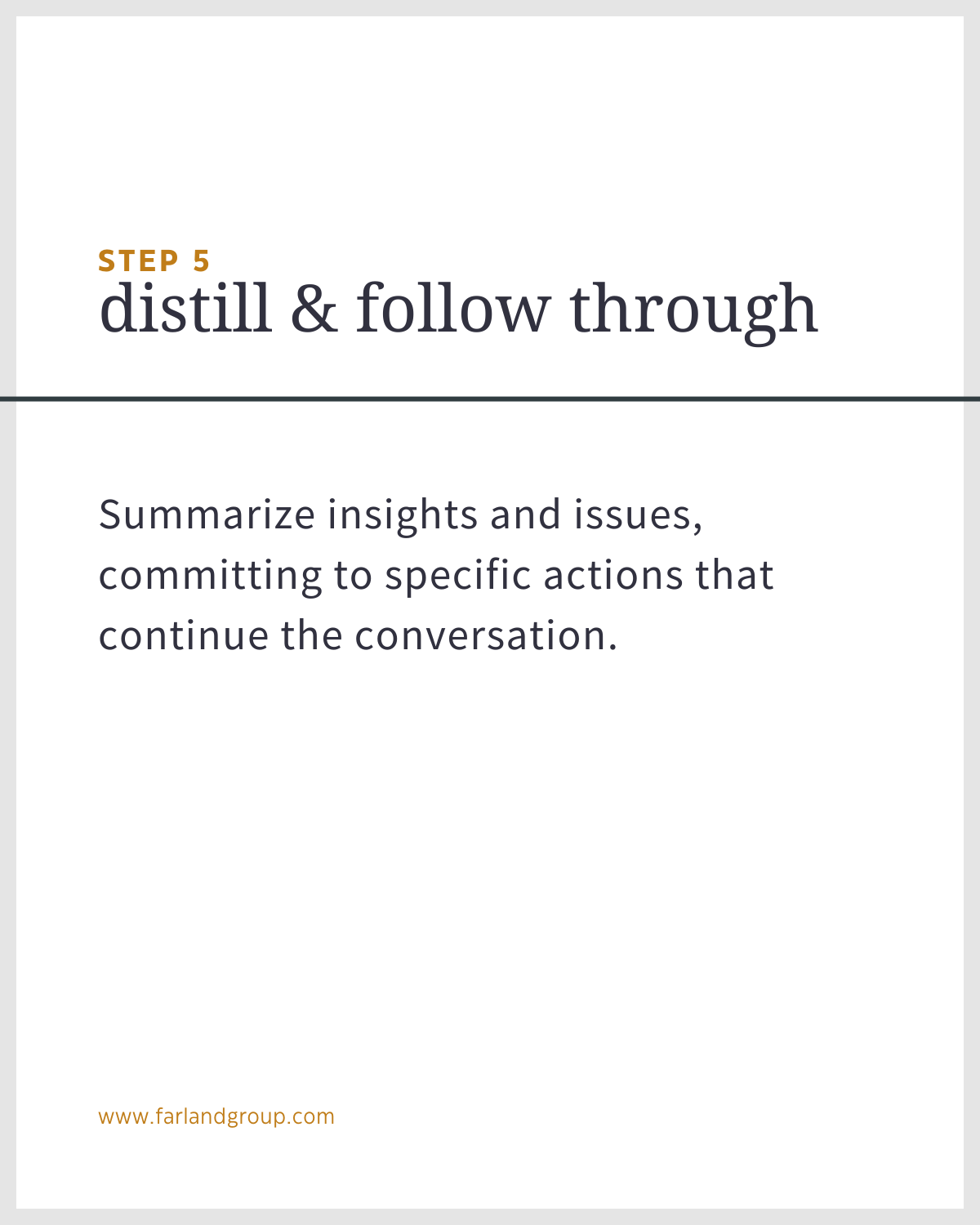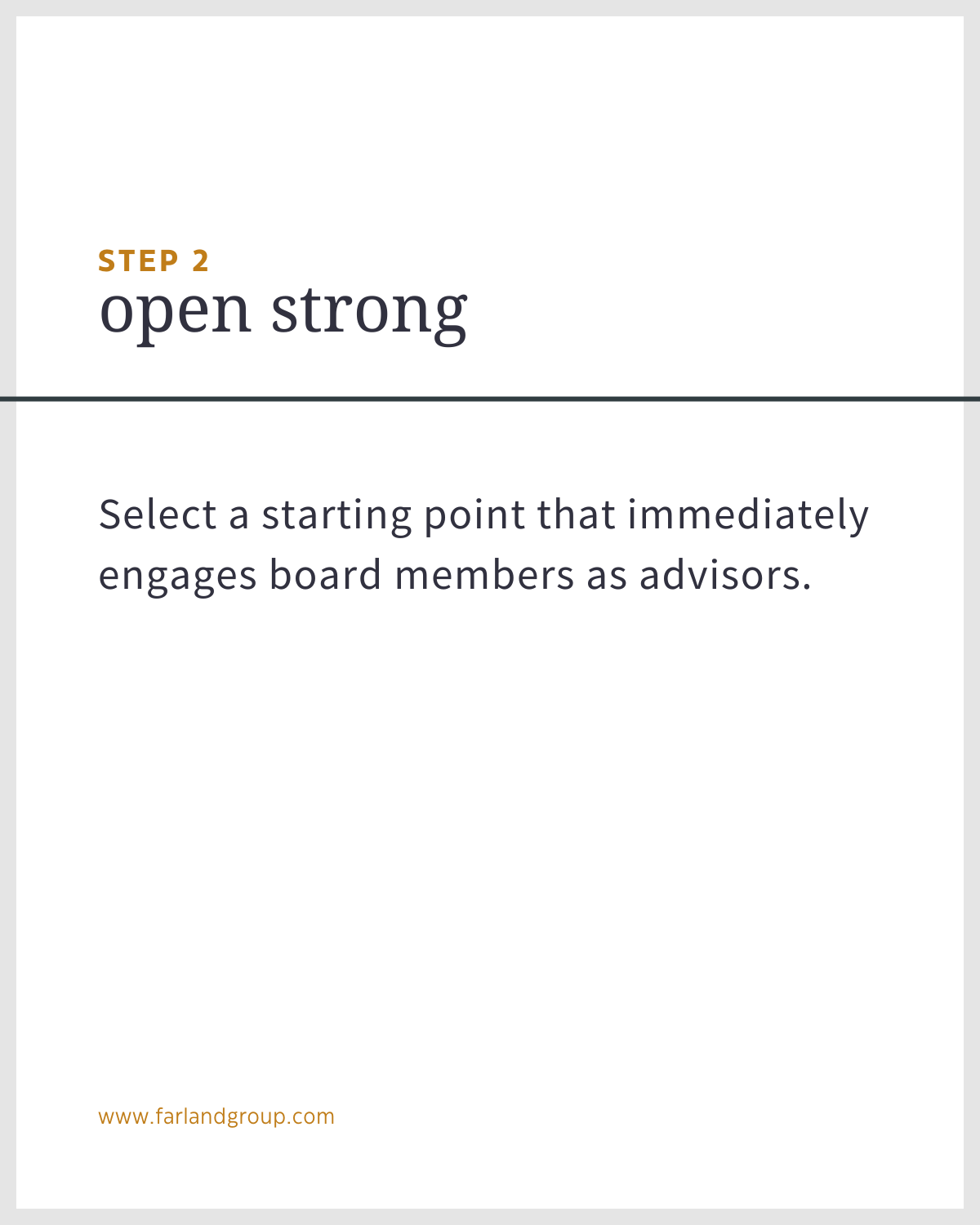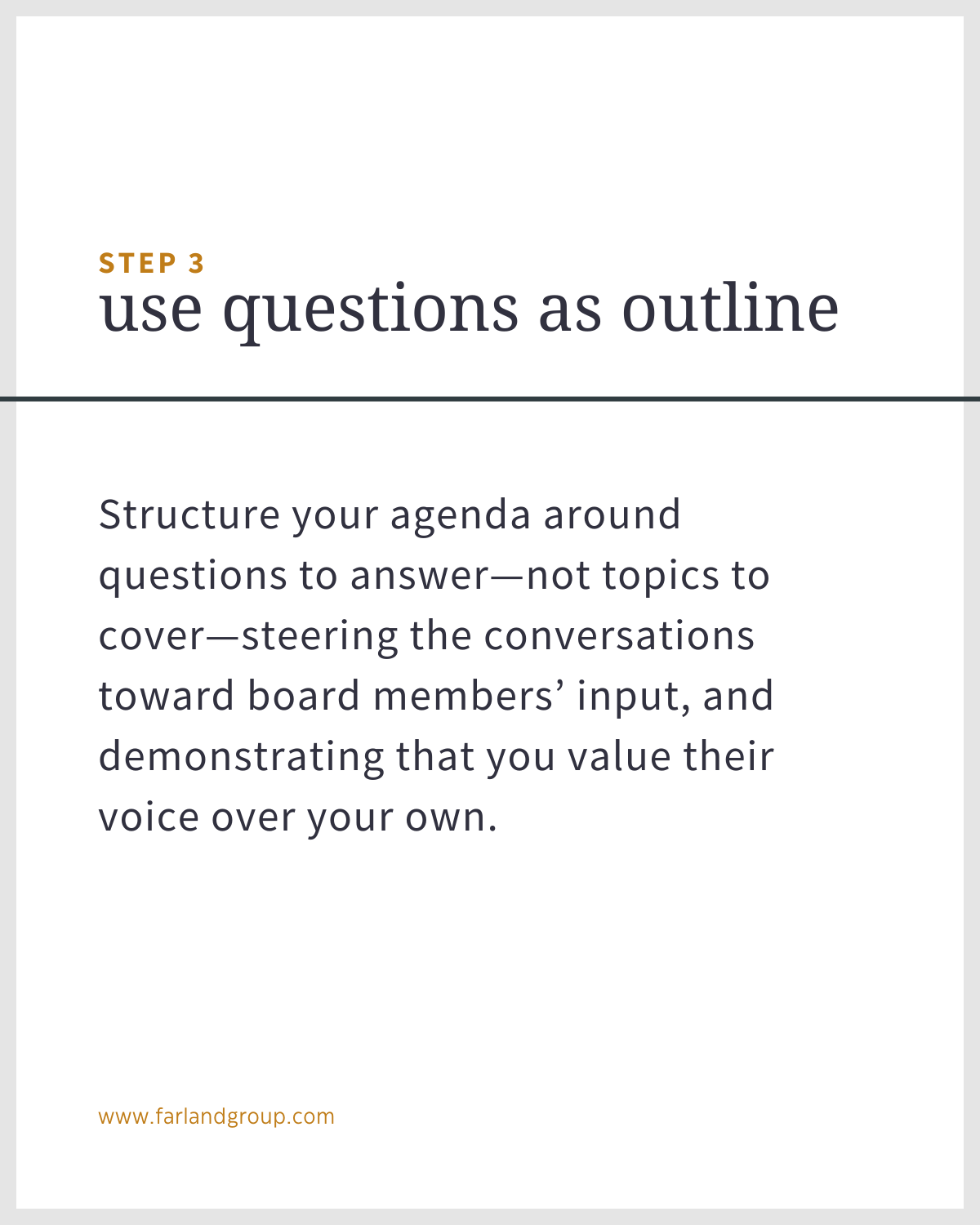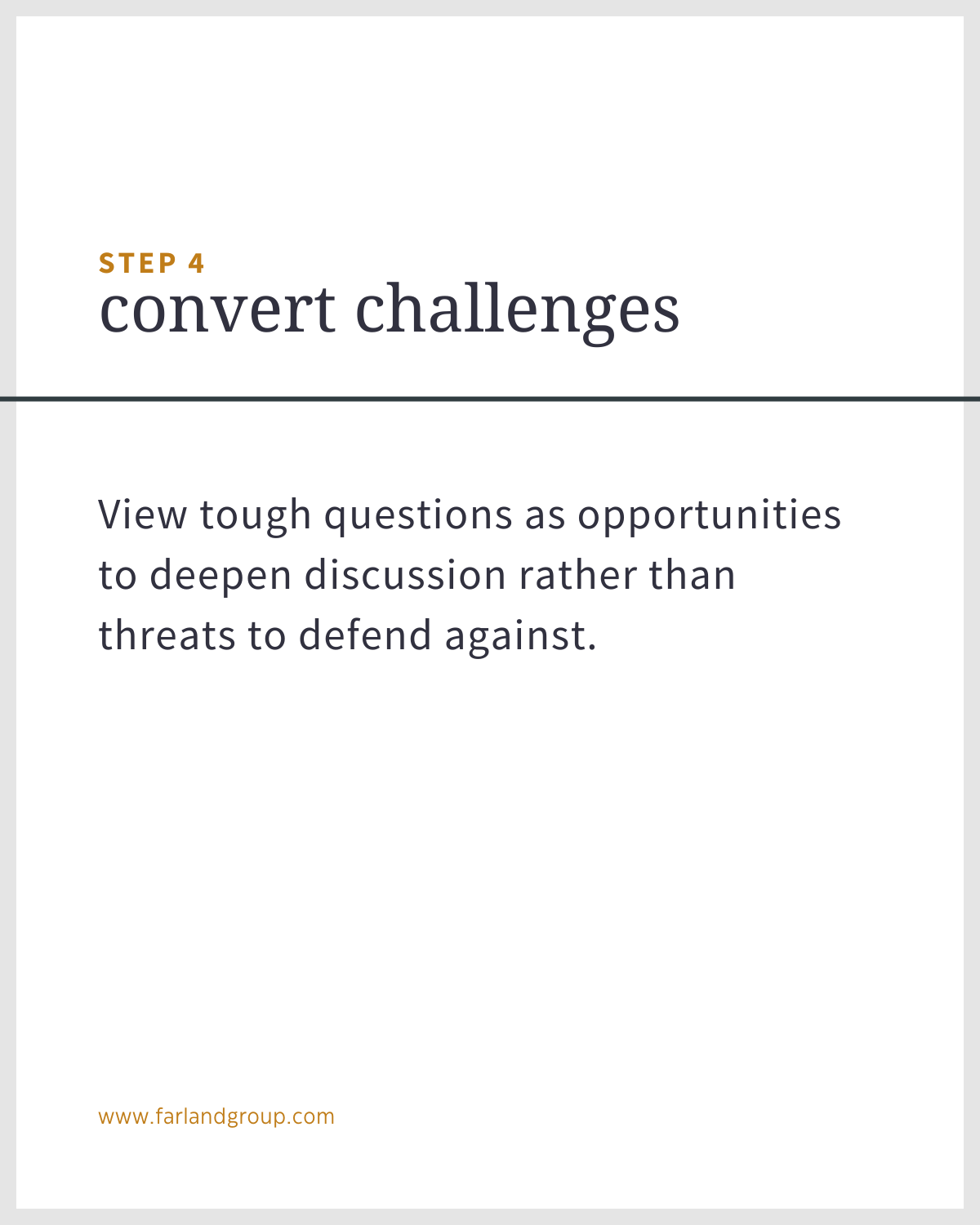Advice into Action: How to Close Advisory Board Sessions
In our Executive's Guide to Customer Advisory Board Discussions, we've explored a 5-step framework to transform advisory board presentations into productive discussions.
We've covered how to frame your session as a discussion, choose a strategic opening, structure your time around questions, and handle challenging questions.
Now, let's focus on the critical final step: distilling insights and following through with meaningful action.
The Value of Effective Closure and Follow-Through
One of the key characteristics of a powerful customer advisory board is momentum and action—moving from listening to acting and embedding the board’s recommendations into your strategies and operations.
The final minutes of your session and the days that follow determine whether even the most dynamic discussions ultimately contribute to this strategic change or remain merely interesting conversations.
The common mistake? Ending abruptly without clear synthesis, or failing to make, track, or fulfill commitments. Either way, you erode trust and dampen future engagement.
As we’ve noted in a previous guide, “Like a friend who grows tired of giving the same advice without seeing change, your customers will disengage if their remarks appear to go unheeded or you only respond to the positive. Follow-through takes discipline and may even demand difficult conversations, if you can’t make the changes clients want to see.”
The Art of Closing Strong
Here are five ways to effectively close your advisory board sessions and follow through on commitments:
1. Synthesize and Validate Key Takeaways
During the final minutes of your session:
Reserve time specifically for summary and synthesis
Articulate the key points or themes that emerged
Check with board members to ensure you've captured their input accurately
2. Capture Clear, Accountable Action Items
Before everyone leaves the room, document an initial set of specific next steps that address the board's input
In follow-up debriefs, assign clear ownership for each action item and establish realistic timelines for progress
3. Communicate Thoughtfully After the Meeting
Following your session:
Send personalized follow-ups that acknowledge specific contributions
Share meeting summaries that respect confidentiality
Articulate how their advice is influencing your thinking and decisions
4. Establish a Rhythm of Progress Updates
Between advisory board meetings:
Create a cadence of touchpoints
Use a mix of communication formats
Include both successes and challenges
Involve other stakeholders when relevant
5. Continue at Your Next Meeting
At the beginning of your next board session:
Address previous input and resulting actions
Be transparent about what you did, what you didn't do, and why
Share outcomes honestly
Acknowledge valuable contributions
For long-term success, this momentum and action should become systematic, embedded into your advisory board operations.
Looking Forward: The Continuous Cycle of Engagement
Powerful advisory boards don't operate as isolated meetings but function as ongoing communities. By mastering all five steps of our framework—each session you host contributes to building that community.
And by implementing these practices consistently, you'll build a powerful feedback loop that delivers ongoing value to both your organization and your advisory board members.





